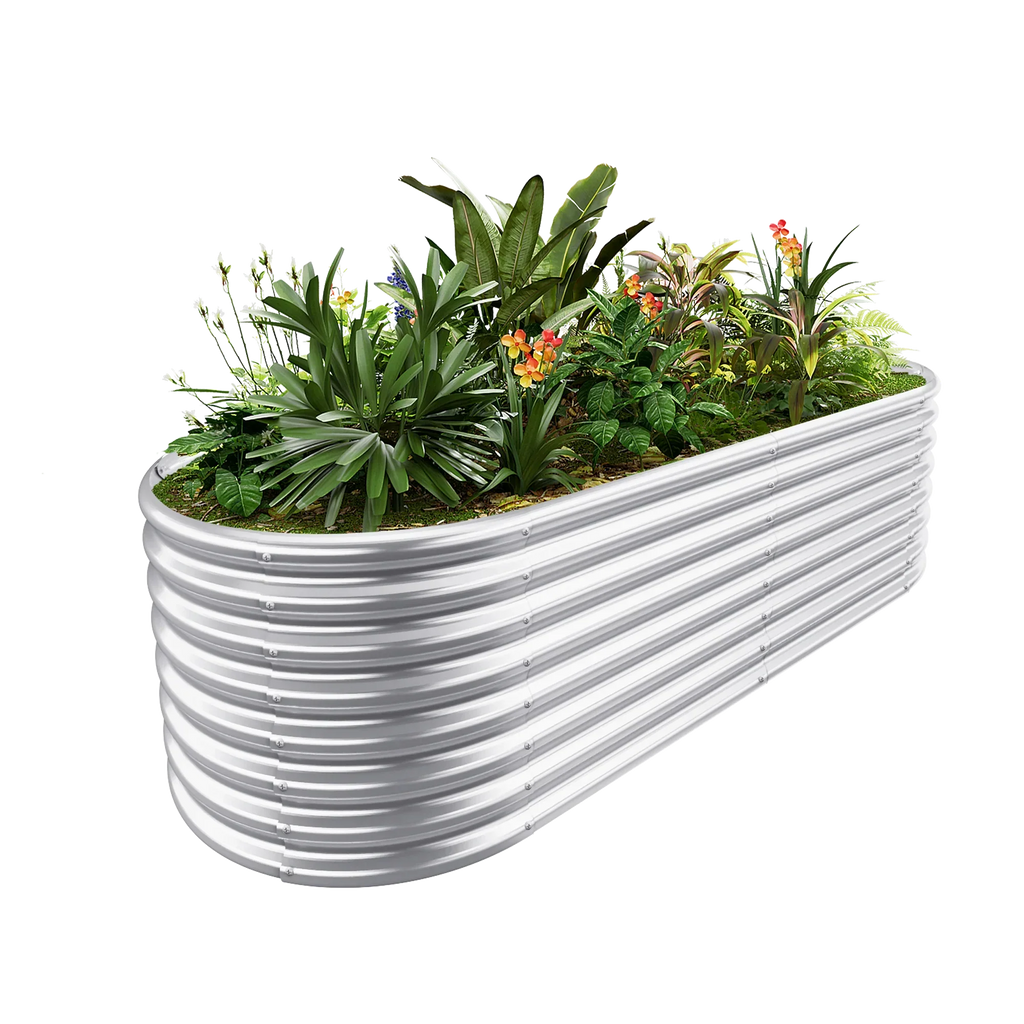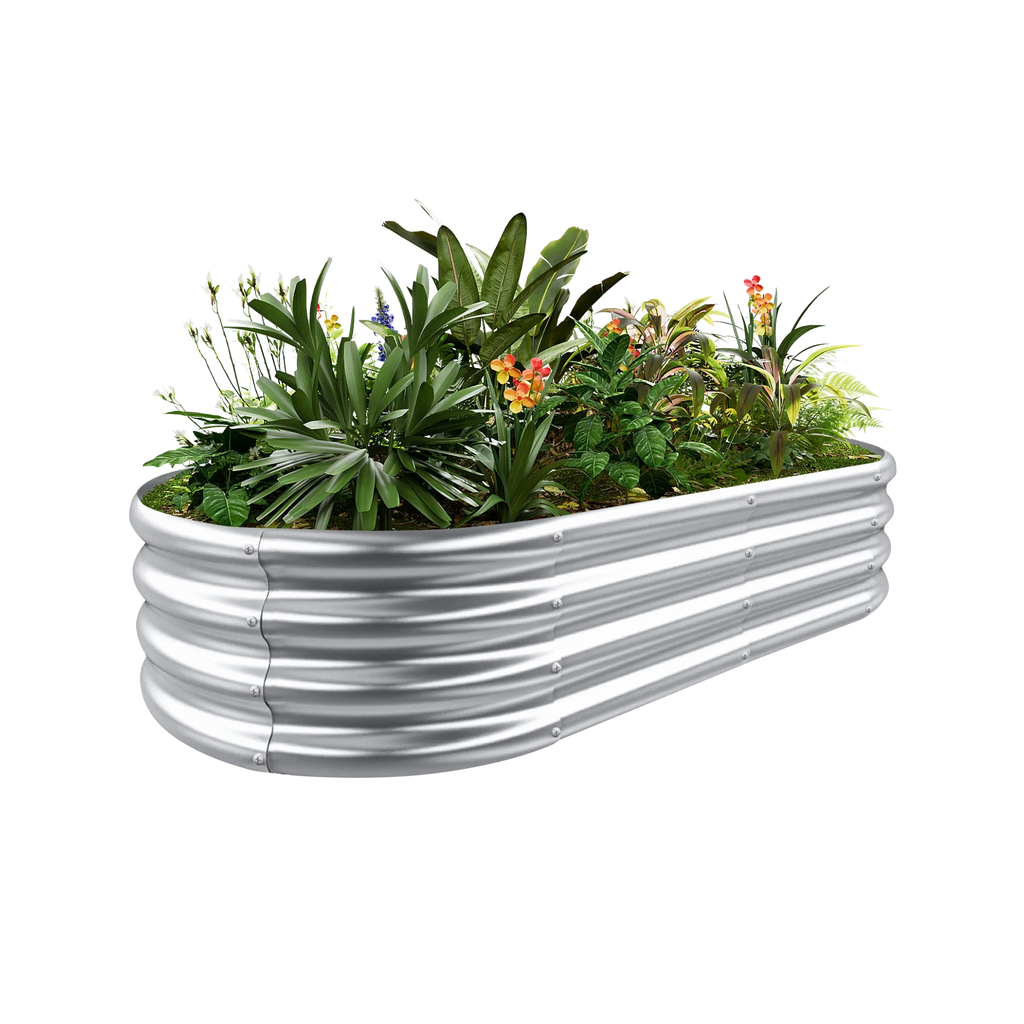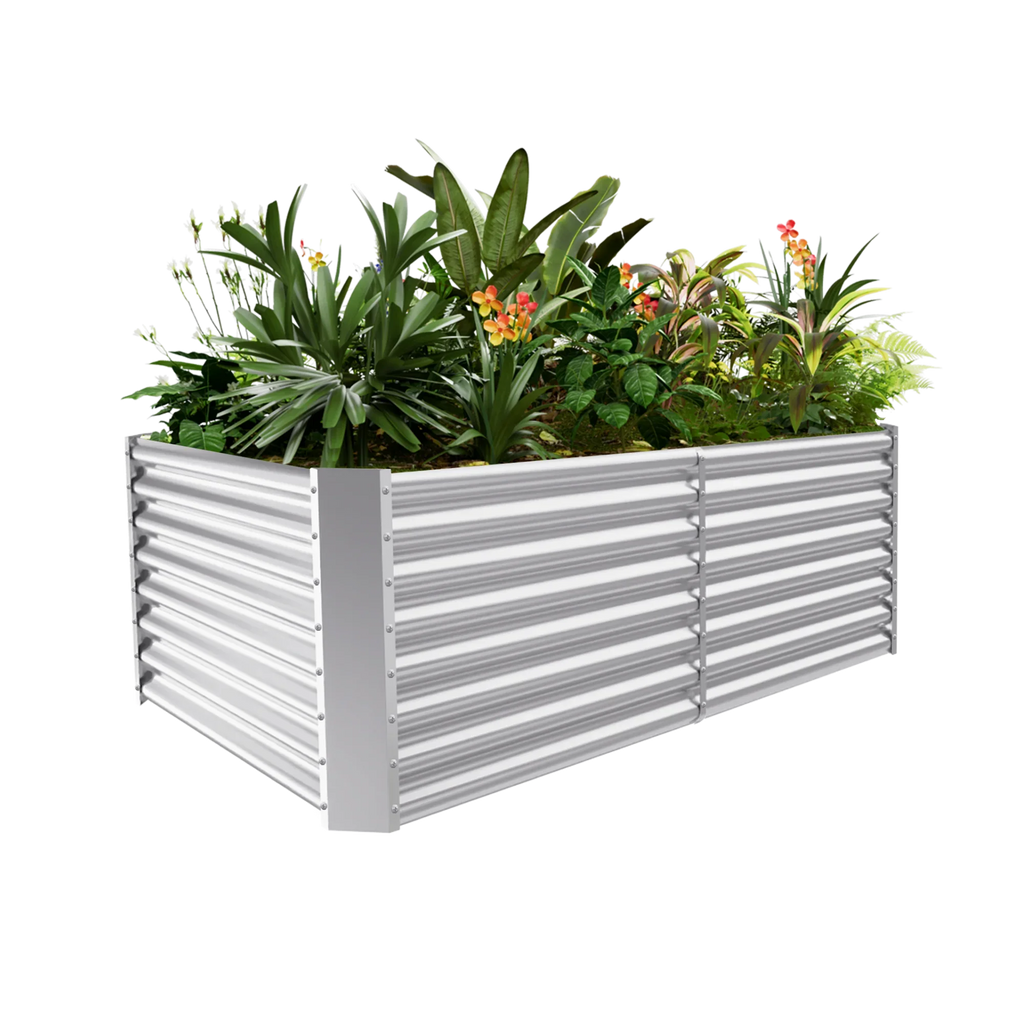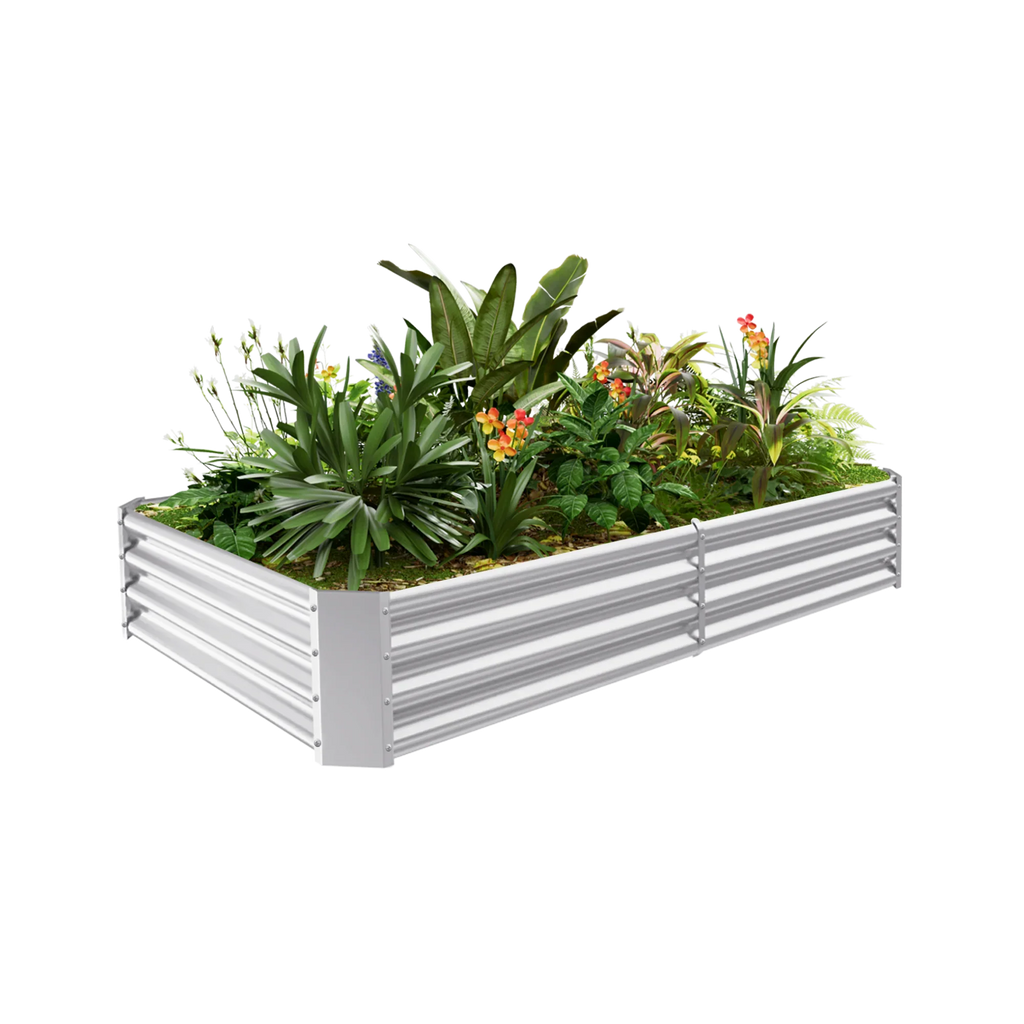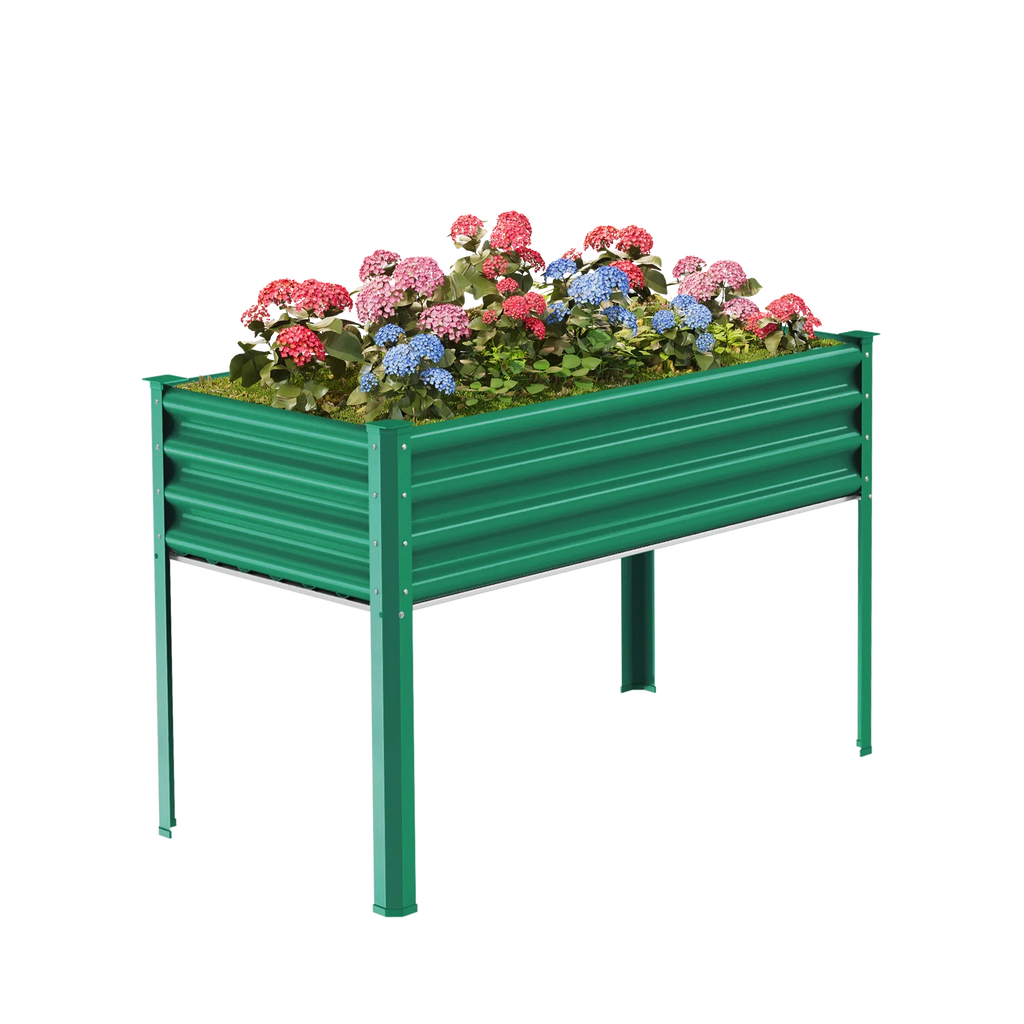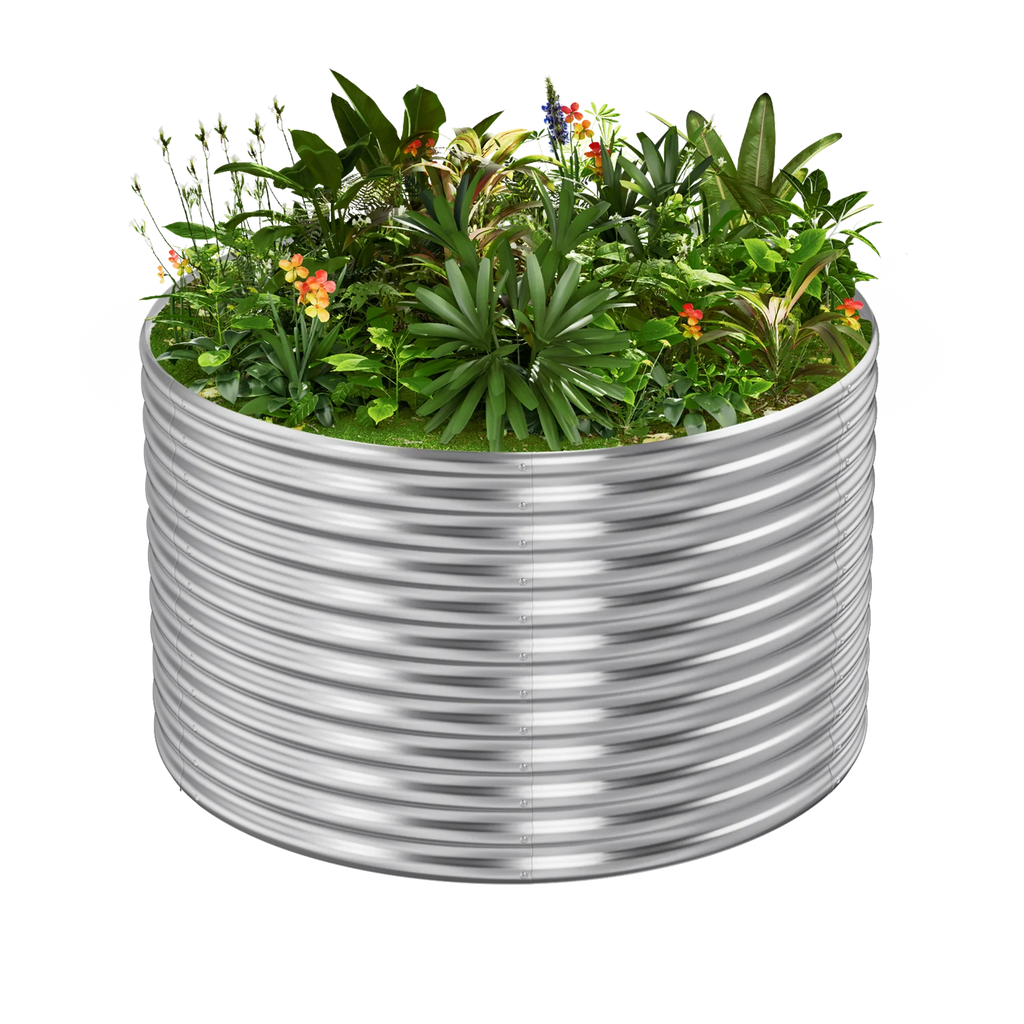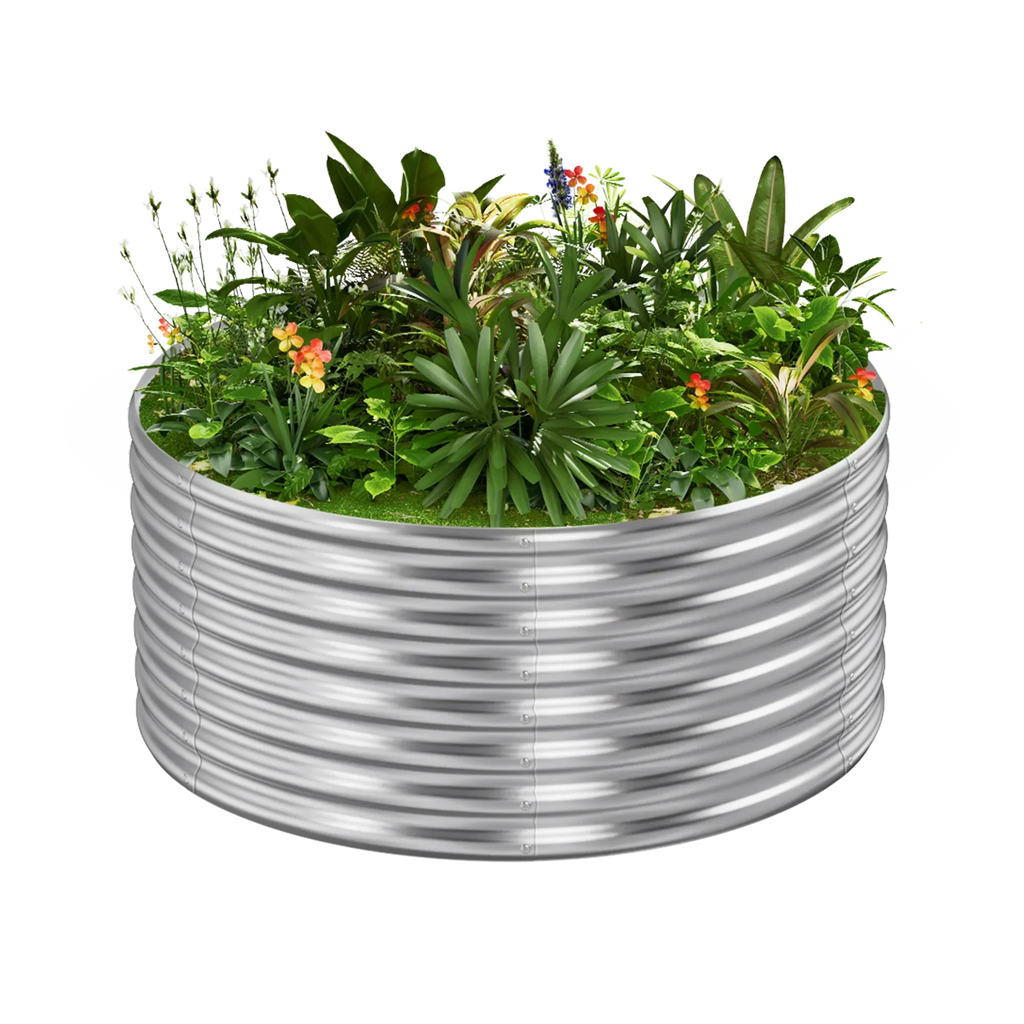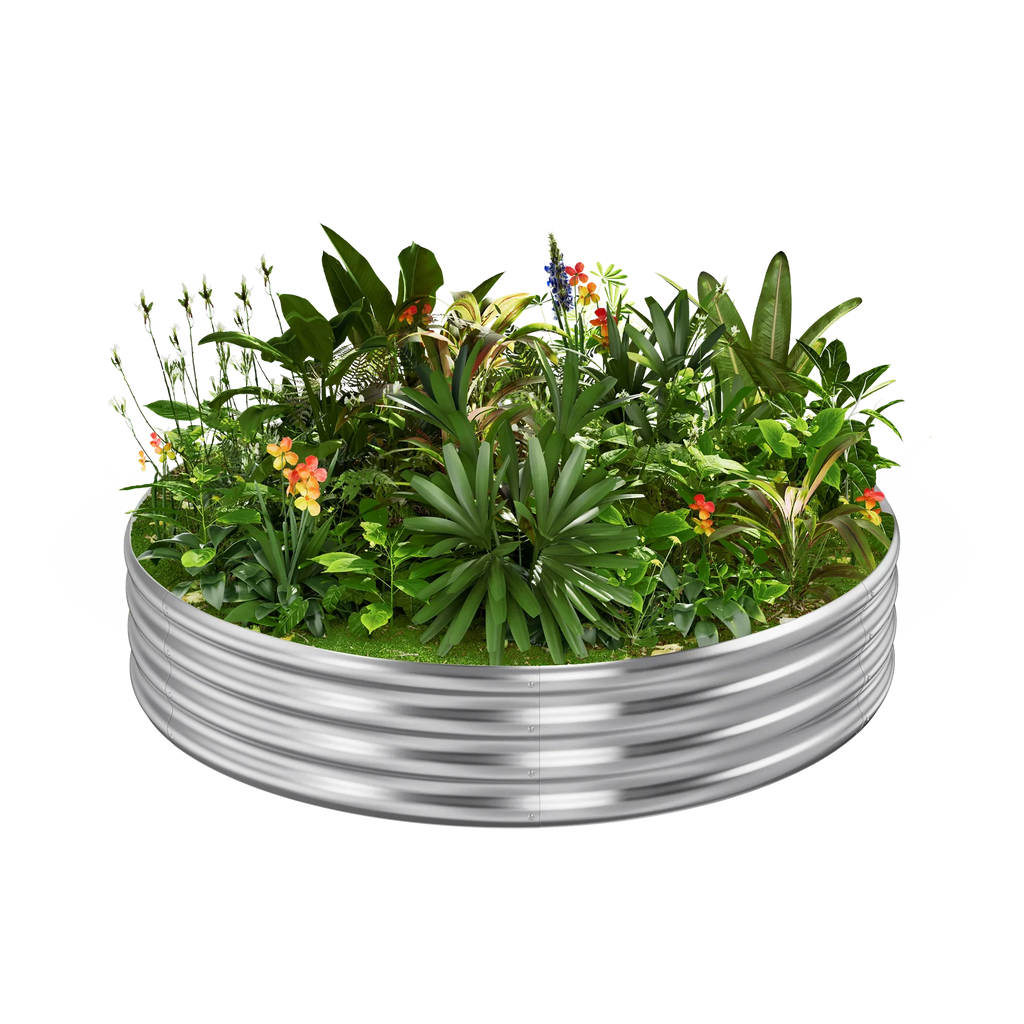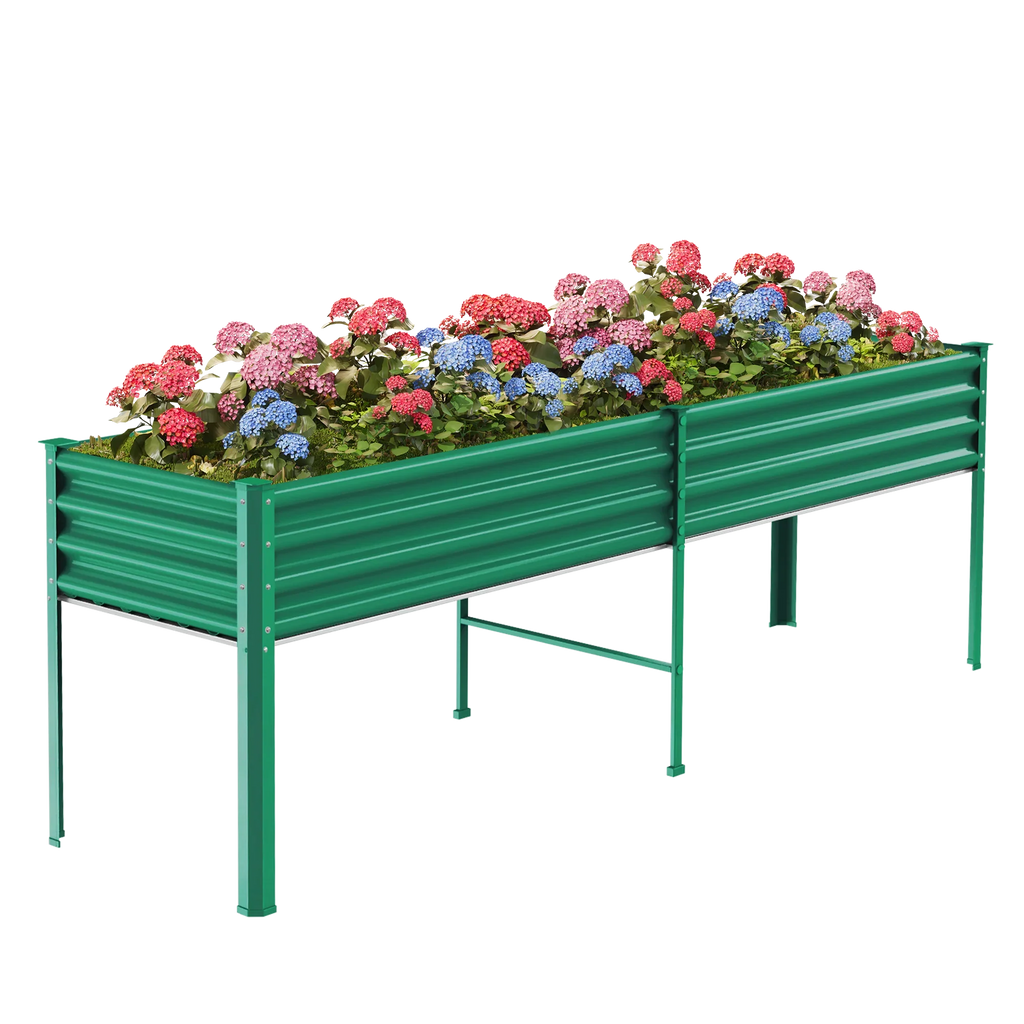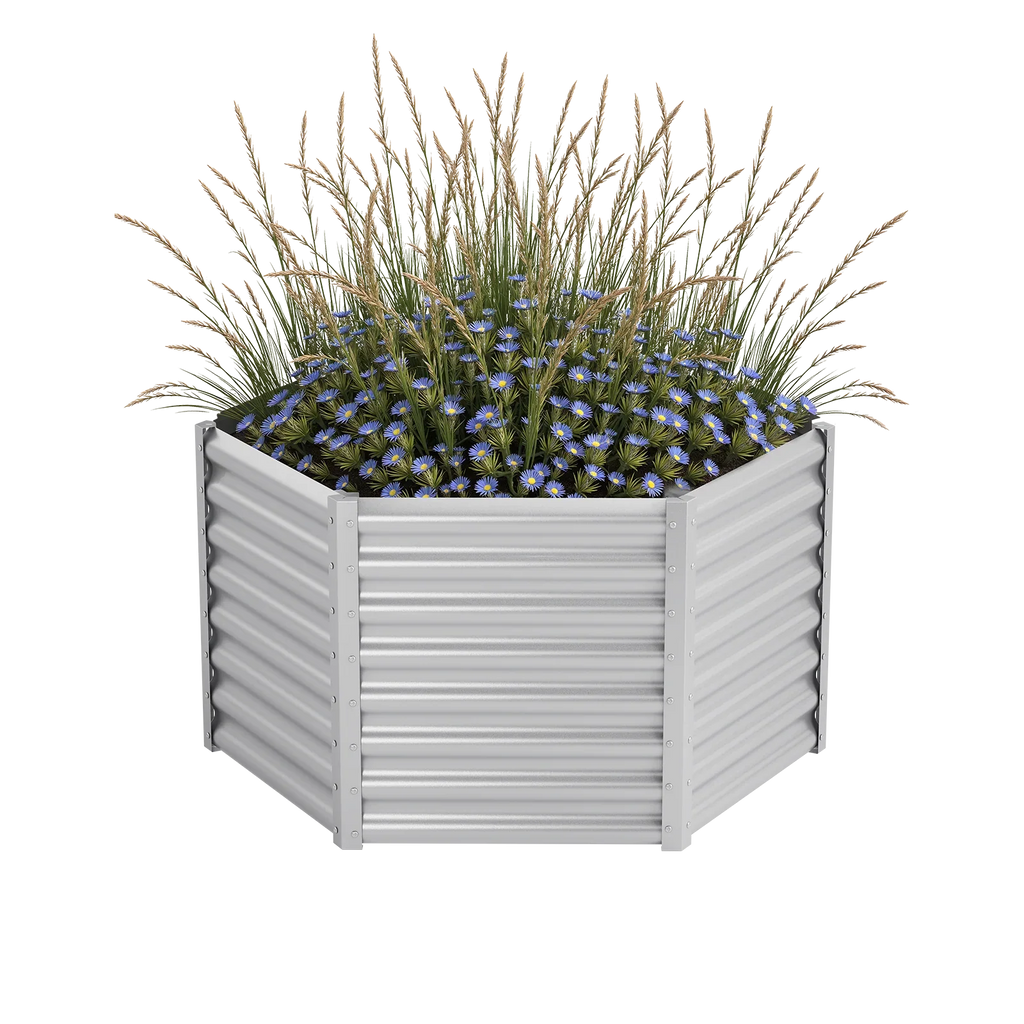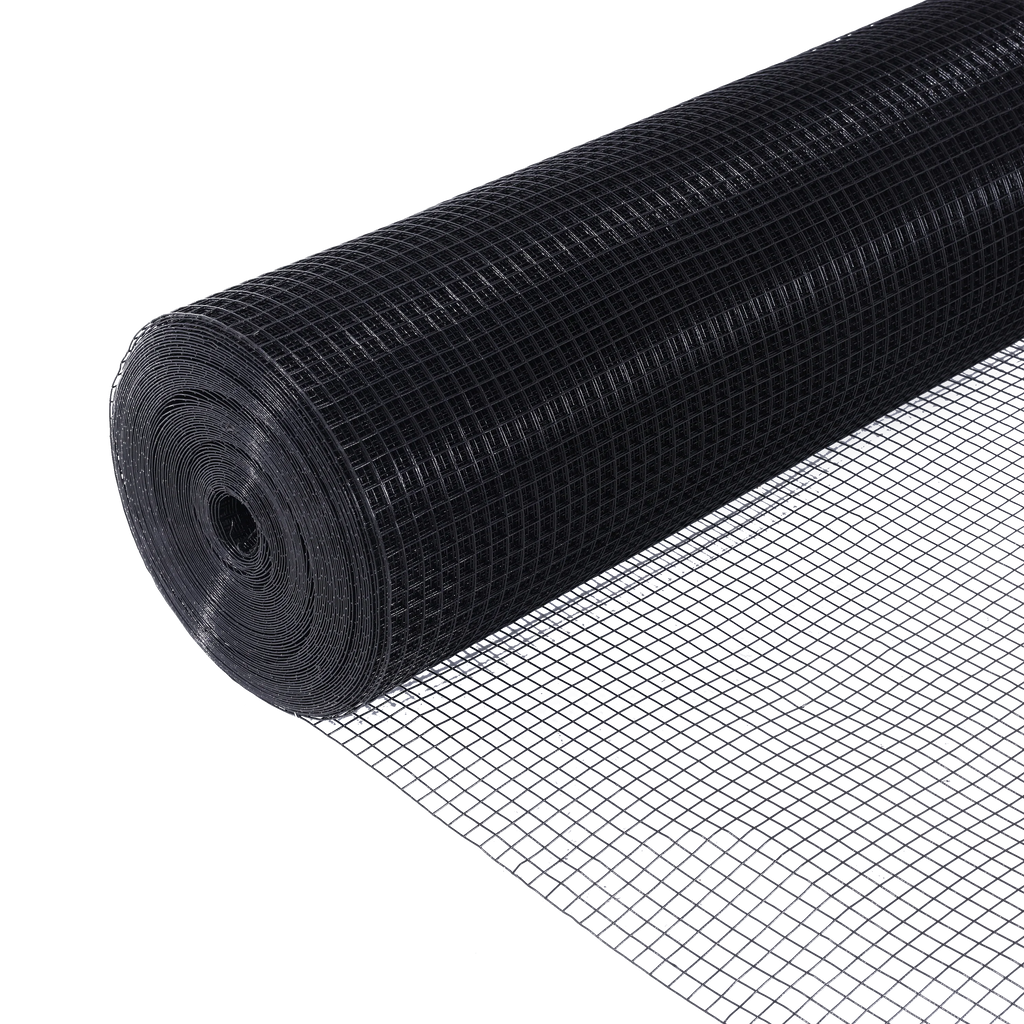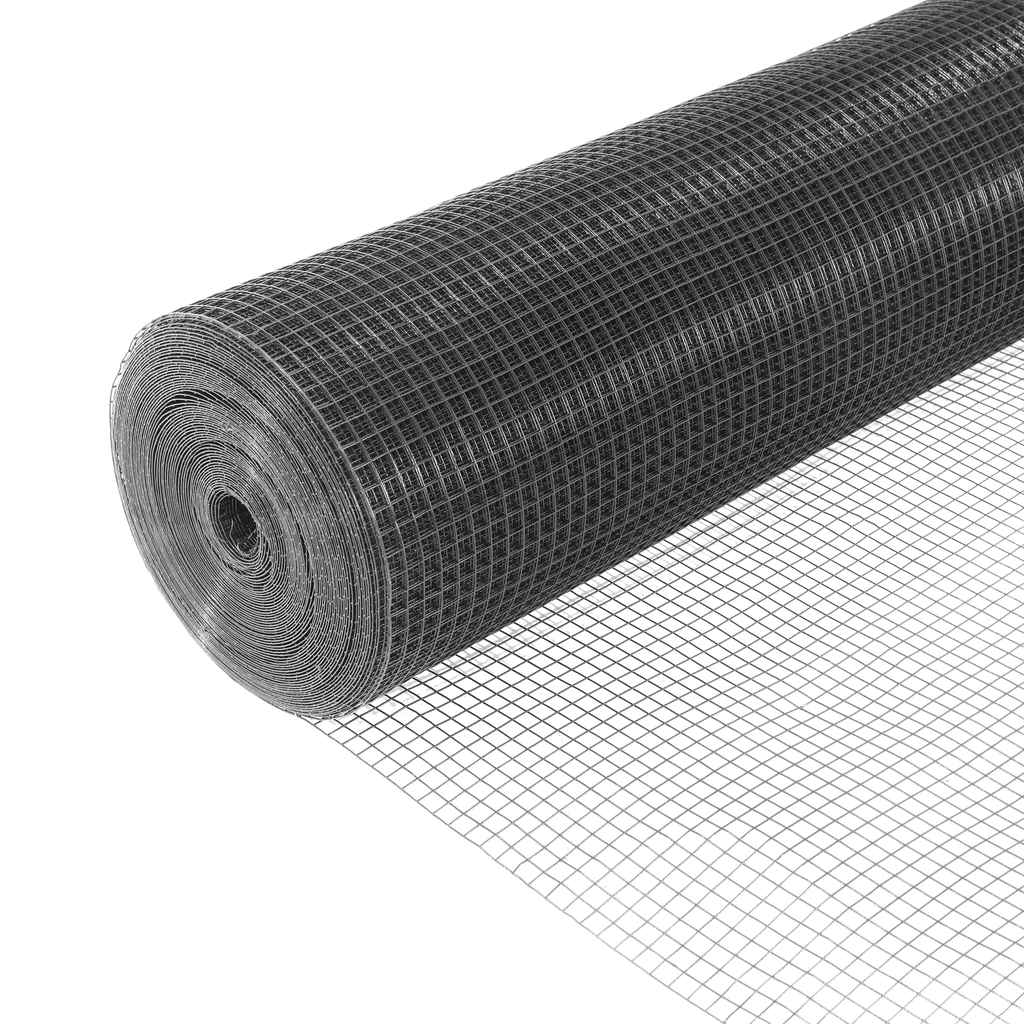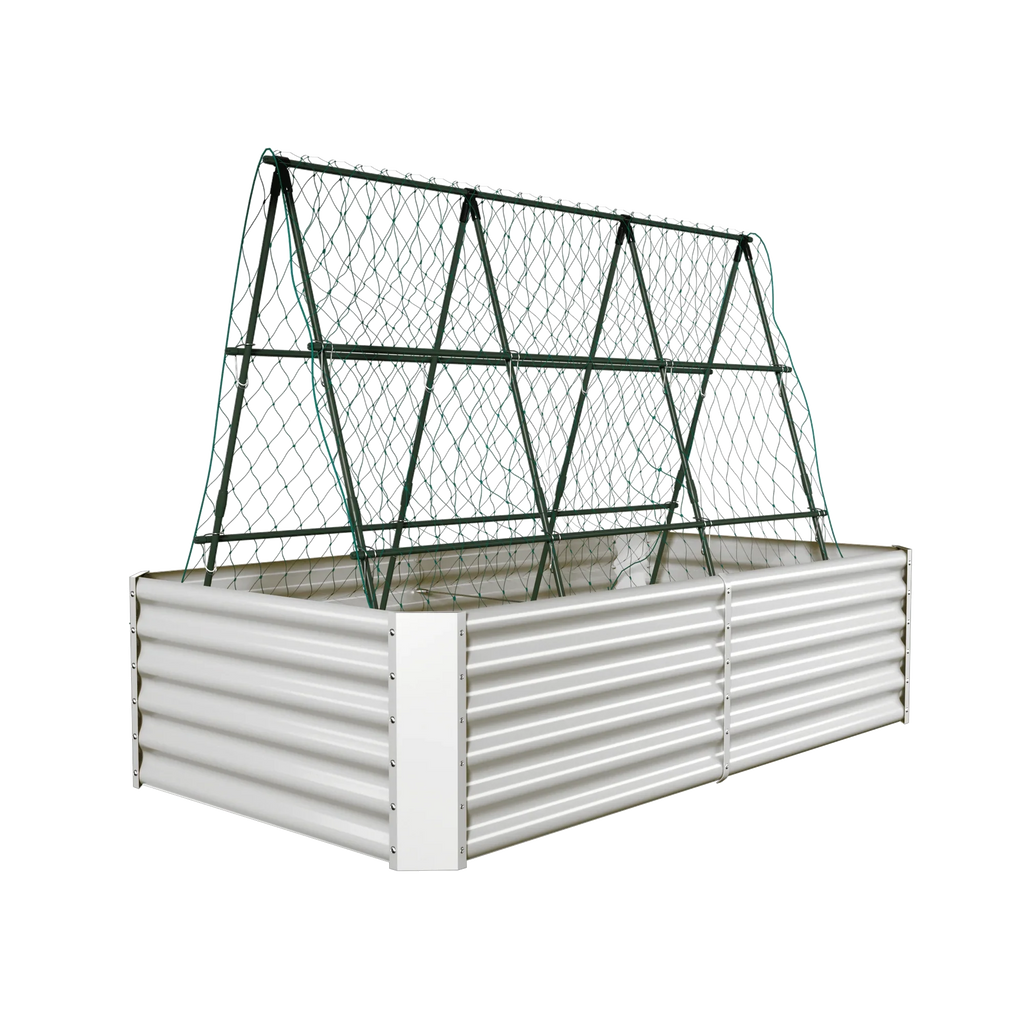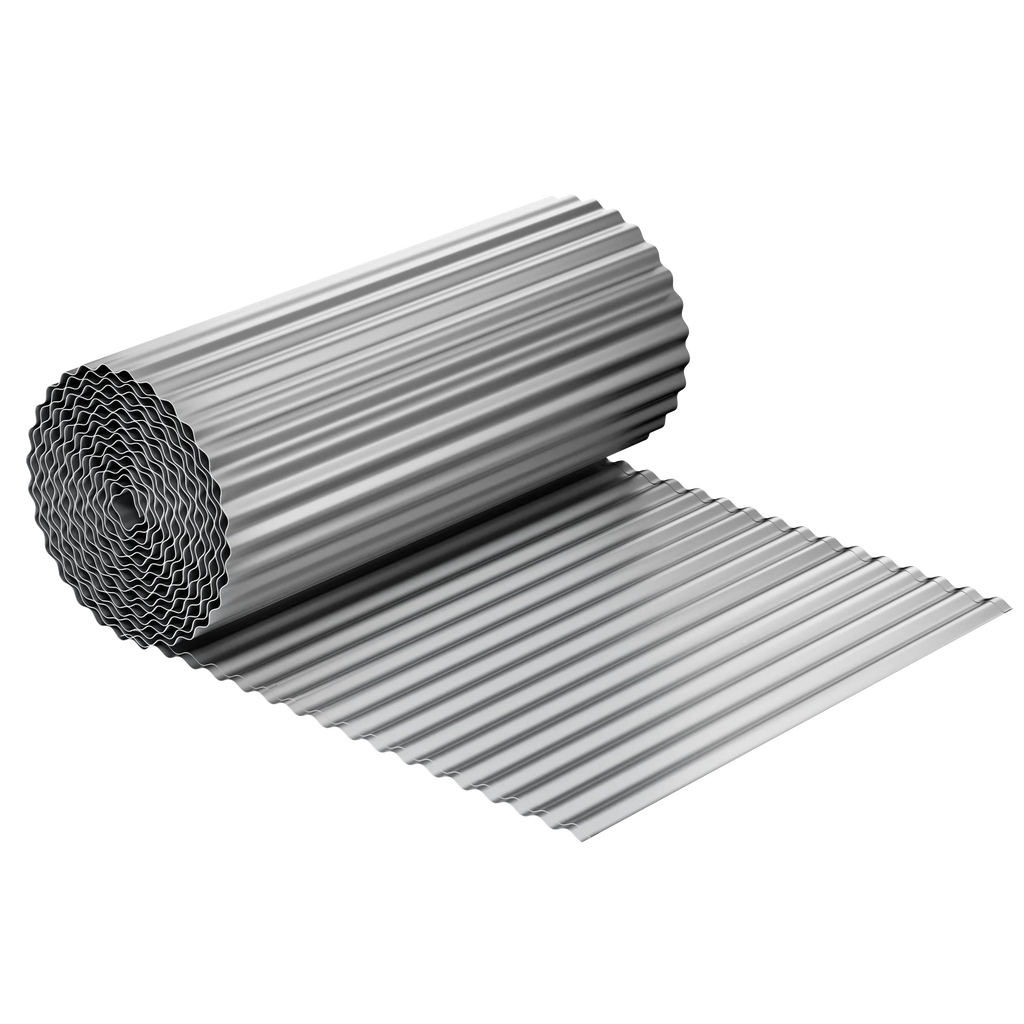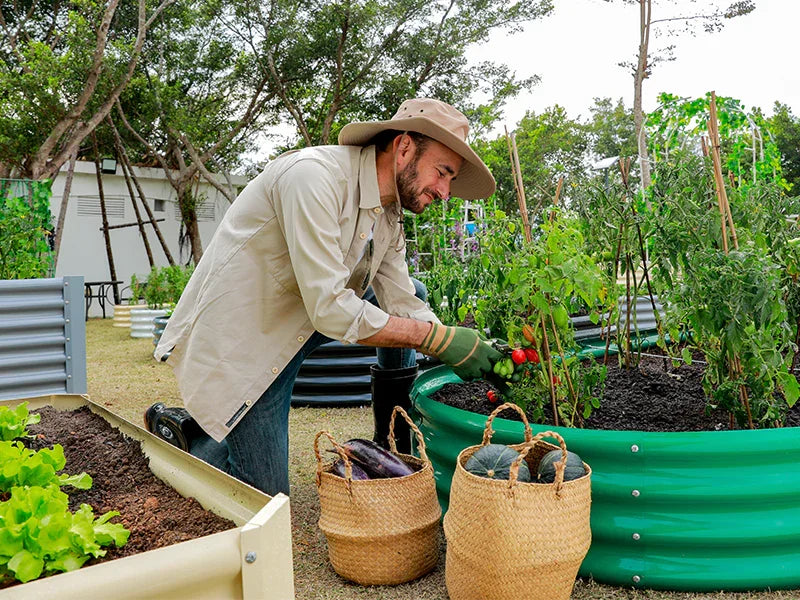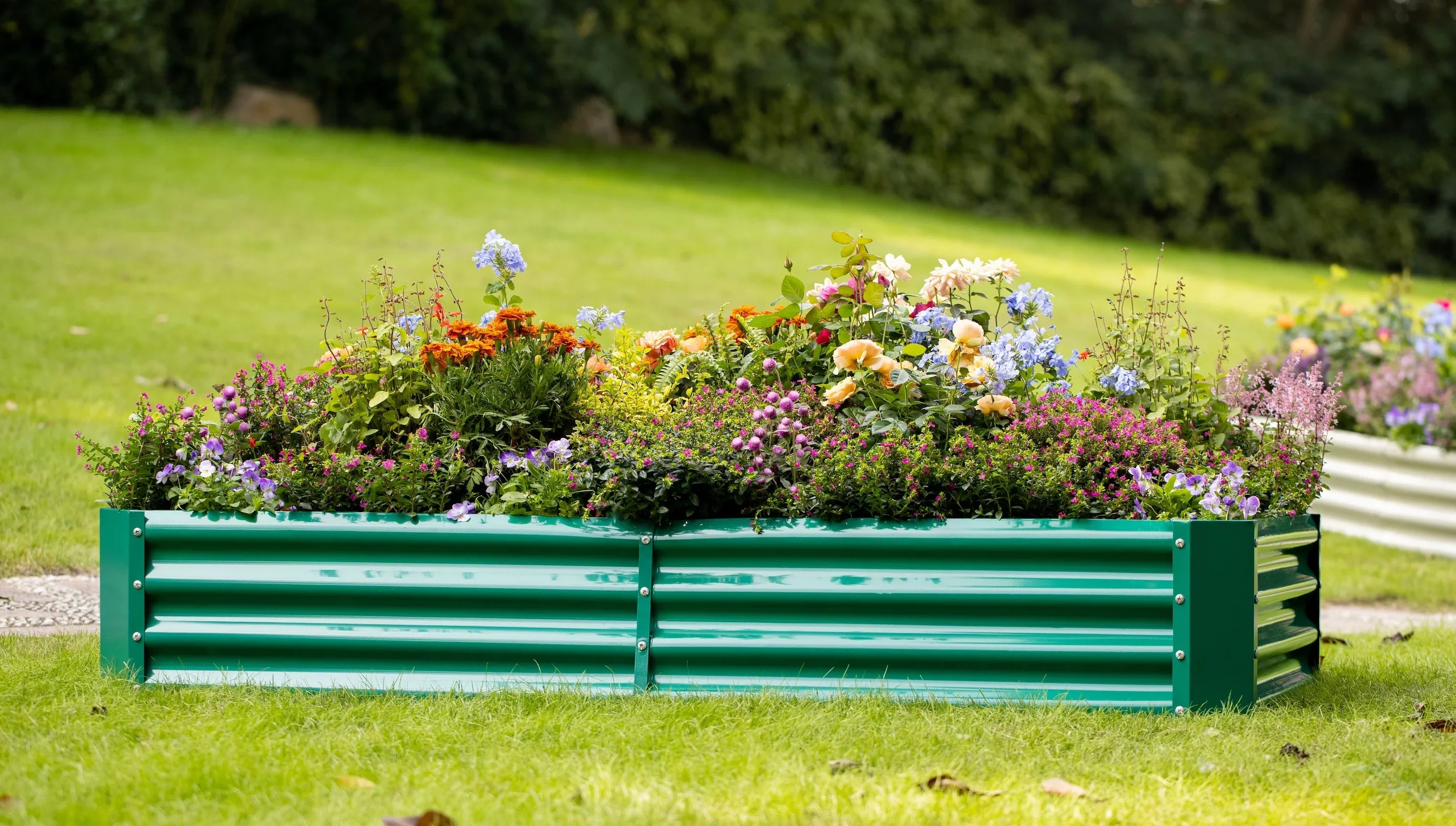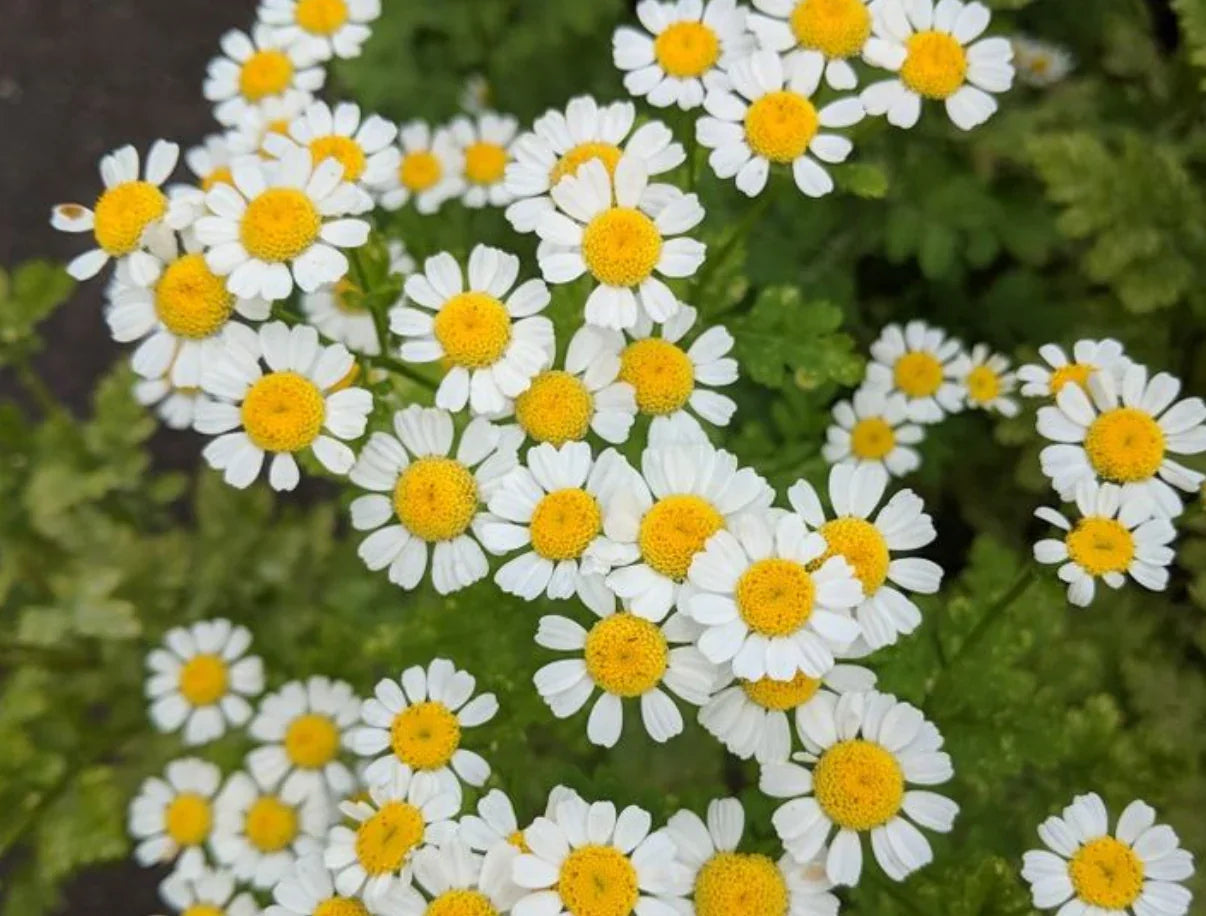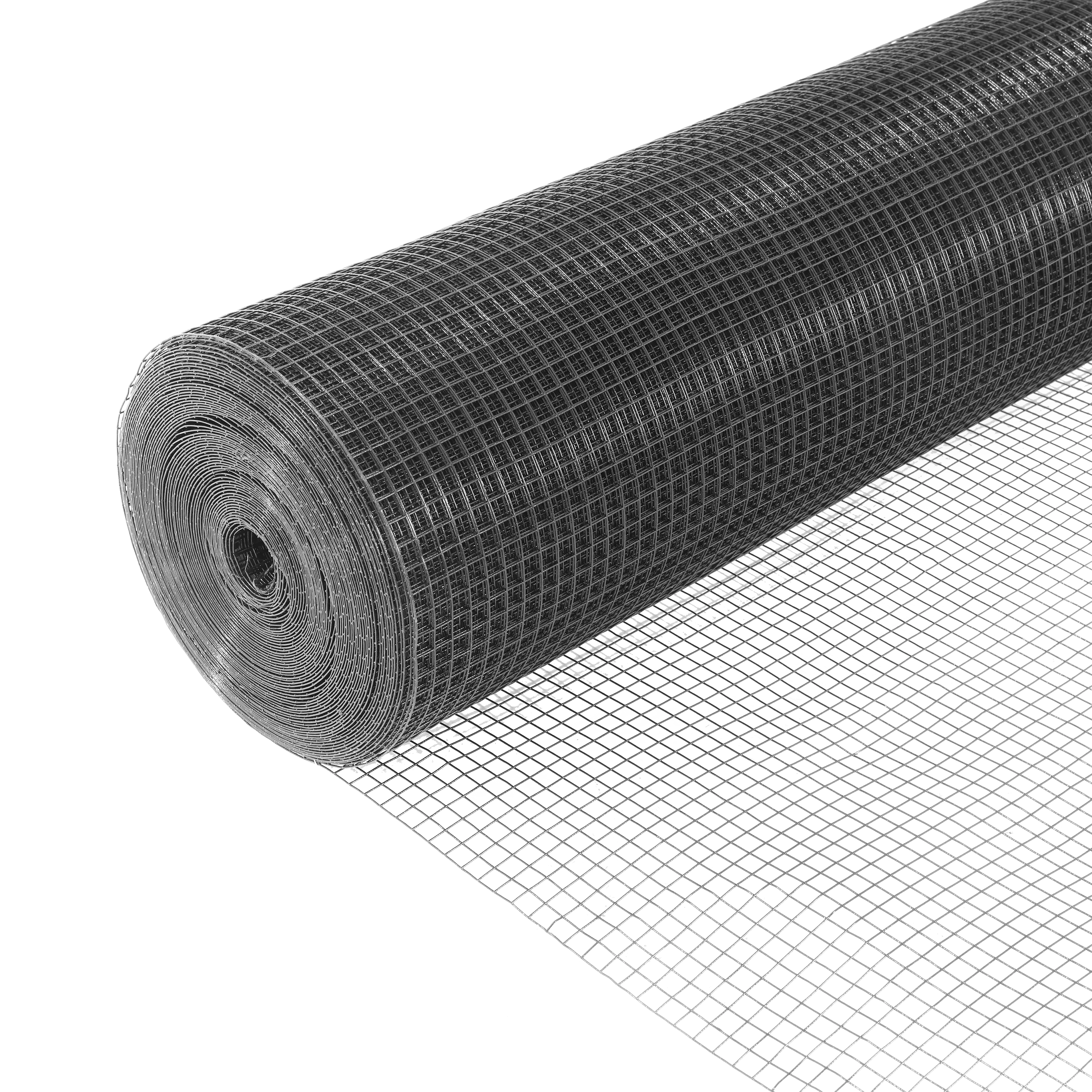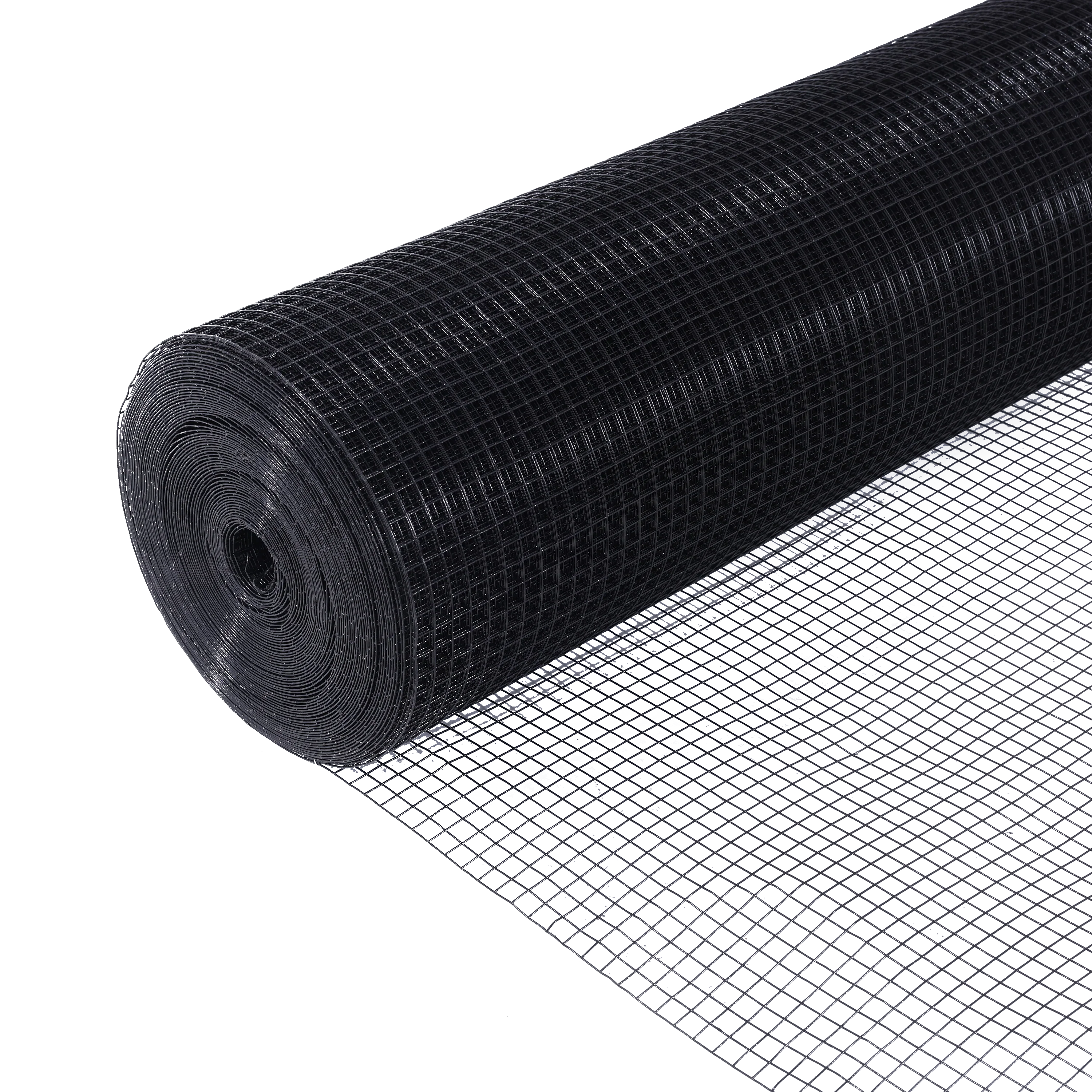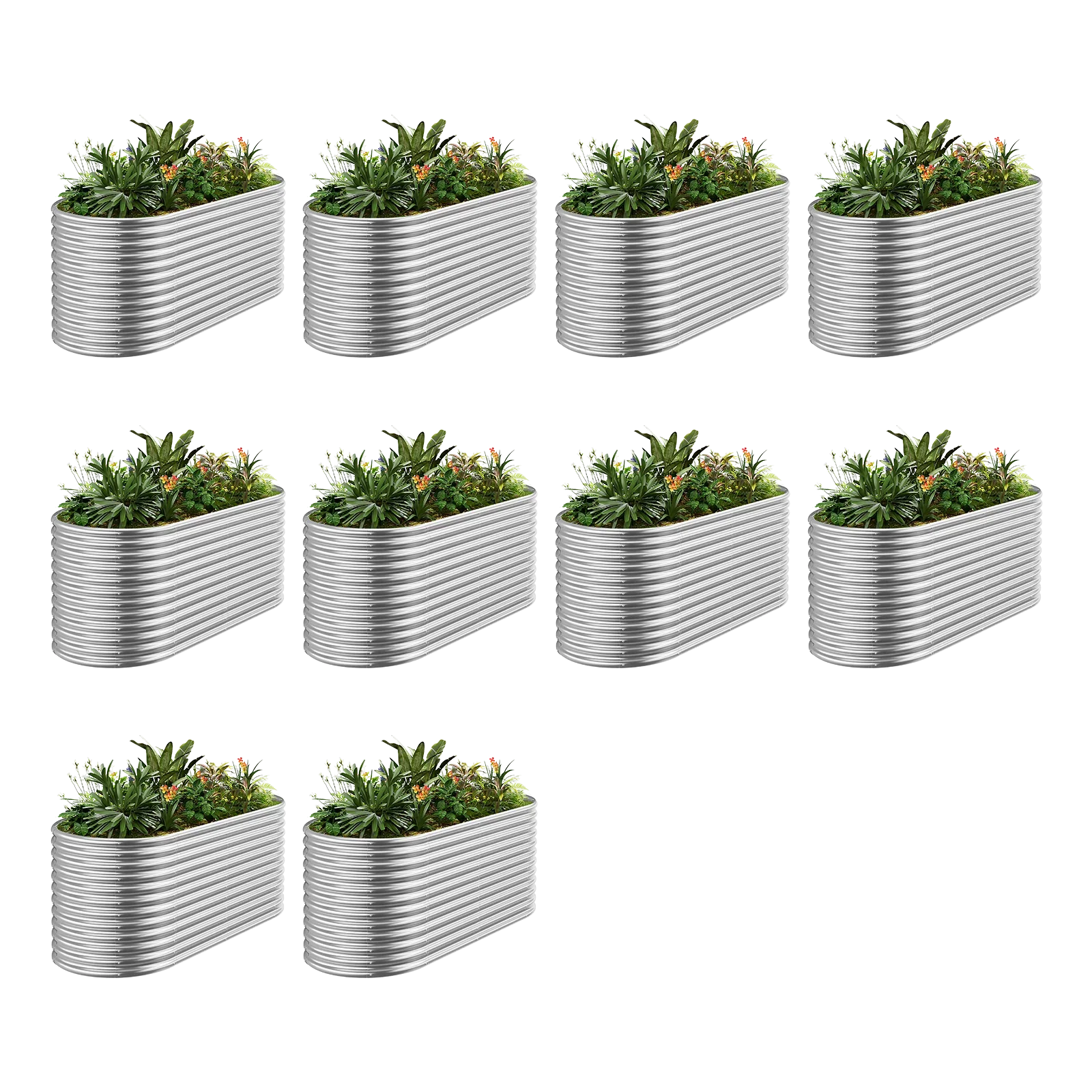Cultivating a stunning flower garden transforms outdoor spaces into vibrant, colorful retreats while providing essential habitat for pollinators. Whether you're establishing cutting gardens, perennial borders, or container displays, mastering specialized flower growing techniques ensures spectacular blooms throughout the seasons. This comprehensive guide from Landguard shares professional flower gardening strategies to help you create and maintain breathtaking floral displays.
Strategic Garden Planning and Design
Thoughtful garden design establishes the foundation for successful flower cultivation, combining aesthetic considerations with practical growing requirements.
-
Garden Style Selection: Choose designs that complement your landscape architecture—consider formal borders, cottage gardens, native plantings, or modern minimalist schemes based on your preferences and site conditions.
-
Succession Planting Plan: Design for continuous bloom by selecting plants with staggered flowering periods, ensuring color from early spring through late fall.
-
Color Theory Application: Apply basic color principles—monochromatic schemes for elegance, complementary colors for vibrancy, and analogous colors for harmony.
-
Height and Texture Planning: Arrange plants in descending order from back to front, combining various textures (feathery, bold, delicate) for visual interest.
-
Mass Planting Impact: Create dramatic visual statements by planting in groups of odd numbers (3, 5, 7) rather than scattering individual plants.
Landguard Pro Tip: Our garden design software helps visualize planting schemes before implementation, allowing you to experiment with different arrangements and anticipate seasonal changes.
Comprehensive Soil Preparation for Flowers
Flowers have specific soil requirements that must be addressed through meticulous soil preparation for optimal growth and flowering.
-
Soil Testing Protocol: Conduct comprehensive soil analysis every 2-3 years to determine pH, nutrient levels, and organic matter content. Most flowers prefer slightly acidic to neutral soil (pH 6.0-7.0).
-
Deep Bed Preparation: Cultivate soil to depth of 12-18 inches, incorporating 3-4 inches of organic matter throughout the root zone.
-
Drainage Enhancement: For heavy soils, add coarse sand, perlite, or vermiculite to improve drainage. For sandy soils, incorporate organic matter to enhance moisture retention.
-
Specialized Soil Mixes: Create custom blends for specific flower types:
-
African Violets: Peat-based mix with perlite and vermiculite
-
Orchids: Chunky bark mixtures with excellent aeration
-
Succulents: Gritty, fast-draining mixtures with limited organic matter
-
| Flower Type | Ideal pH | Preferred Soil Conditions |
|---|---|---|
| Roses | 6.0-6.5 | Rich, well-drained loam with high organic matter |
| Hydrangeas | 5.0-6.0 (blue) 6.0-7.0 (pink) | Moist, fertile soil with good drainage |
| Lavender | 6.5-7.5 | Lean, sandy soil with excellent drainage |
| Begonias | 5.5-6.5 | Light, porous mix with high organic content |
Landguard's soil monitoring systems provide real-time data on soil conditions, allowing precise amendments and optimal growing environments for specific flower types.
Selection and Planting Techniques
Choosing appropriate flower varieties adapted to your specific growing conditions dramatically influences gardening success.
-
Climate Adaptation: Select species suited to your USDA Hardiness Zone, considering both cold tolerance and heat resistance.
-
Light Requirements Matching: Carefully match plants to available light conditions:
-
Full Sun: 6+ hours direct sun (roses, lavender, zinnias)
-
Partial Sun: 4-6 hours direct sun (hydrangeas, impatiens, foxglove)
-
Full Shade: Less than 4 hours direct sun (hostas, astilbe, bleeding heart)
-
-
Plant Source Quality: Purchase plants from reputable nurseries, inspecting for signs of health: vigorous growth, well-developed root systems, and absence of pests or diseases.
-
Proper Planting Technique:
-
Water plants thoroughly before planting
-
-
Dig holes twice as wide as root ball
-
-
Loosen circling roots before planting
-
Position at same depth as grown in container
-
Backfill with native soil, firming gently
-
Water deeply after planting, applying root-stimulator solution
-
-
Planting Timing: Install container-grown plants during cooler periods (early morning or late afternoon) to reduce transplant shock.
Advanced Water Management Strategies
Precision irrigation is critical for quality flower production, influencing bloom size, color intensity, and plant longevity.
-
Species-Specific Requirements: Understand individual water needs:
-
Drought-Tolerant: Lavender, sedum, coreopsis (minimal watering)
-
Moderate Needs: Roses, daylilies, phlox (regular deep watering)
-
Moisture-Loving: Iris, astilbe, cardinal flower (consistently moist soil)
-
-
Irrigation Timing: Water early morning to reduce evaporation and allow foliage to dry before evening, minimizing fungal disease development.
-
Delivery Methods:
-
Drip Irrigation: Most efficient method, delivering water directly to root zones
-
Soaker Hoses: Effective for border plantings and raised beds
-
Hand Watering: Appropriate for container gardens and newly planted specimens
-
-
Water Quality Considerations: Test water source if problems arise—high salinity or specific minerals can affect plant health and soil pH.
Landguard's smart irrigation controllers automatically adjust watering based on plant type, growth stage, soil conditions, and weather forecasts, optimizing water use while maintaining plant health.
Precision Nutrient Management
Flowers have specific nutritional requirements that change throughout their growth cycle and vary among species.
-
Macronutrient Requirements:
-
Nitrogen (N): Promotes vegetative growth and green foliage
-
Phosphorus (P): Essential for root development and flower production
-
Potassium (K): Enhances overall plant vigor and disease resistance
-
-
Micronutrient Needs: Ensure availability of calcium, magnesium, sulfur, and trace elements through regular soil testing and amendment.
-
Fertilization Timing:
-
Spring Application: Balanced fertilizer as growth begins
-
Pre-Bloom Boost: High-phosphorus fertilizer as flower buds form
-
Post-Bloom Feeding: Balanced fertilizer to support root development
-
-
Specialized Formulations: Use appropriate products for specific plants:
-
Acid-Loving Plants: Formulas with ammonium-based nitrogen and micronutrients
-
Flowering Annuals: High-phosphorus, water-soluble fertilizers
-
Container Plants: Controlled-release formulations with micronutrients
-
Advanced Pruning and Deadheading Techniques
Proper pruning maintains plant form, encourages flowering, and prevents disease problems.
-
Pinching: Remove growing tips of young plants to encourage branching and more flowers (applicable to chrysanthemums, asters, coleus).
-
Deadheading: Remove spent flowers to encourage additional blooms and prevent energy diversion to seed production.
-
Disbudding: Remove side buds to produce larger central flowers (standard practice for exhibition chrysanthemums and peonies).
-
Renewal Pruning: Cut back overgrown perennials to 4-6 inches in early spring to rejuvenate growth.
-
Season-Specific Pruning:
-
Spring-Flowering Shrubs: Prune immediately after flowering
-
Summer-Flowering Shrubs: Prune in late winter or early spring
-
Perennials: Cut back in fall or spring based on species
-
Integrated Pest and Disease Management
Successful flower gardening requires proactive management combining multiple strategies to maintain plant health.
-
Preventative Measures:
-
Select disease-resistant varieties
-
Provide proper spacing for air circulation
-
Water at base to keep foliage dry
-
Remove and destroy infected plant material
-
-
Regular Monitoring: Inspect plants weekly for early signs of problems, examining both upper and lower leaf surfaces.
-
Biological Controls: Encourage beneficial insects (ladybugs, lacewings, parasitic wasps) by providing diverse plantings and avoiding broad-spectrum pesticides.
-
Cultural Practices:
-
Rotate annual planting locations to disrupt pest cycles
-
Use clean, sterilized tools to prevent disease spread
-
Maintain weed-free garden beds to reduce pest habitats
-
Landguard's plant health monitoring system provides early detection of stress conditions before visible symptoms appear, allowing for timely interventions.
Specialized Techniques for Specific Flower Types
-
Rose Care: Practice proper pruning techniques, provide excellent air circulation, and implement regular fungicide programs for disease-prone varieties.
-
Bulb Management: Allow foliage to mature naturally after flowering, apply balanced fertilizer when growth emerges, and lift tender bulbs for winter storage.
-
Orchid Cultivation: Provide appropriate growing media, maintain high humidity, and ensure proper air movement around roots and foliage.
-
Native Plants: Utilize species adapted to local conditions, requiring minimal irrigation and fertilization once established.
Landguard's Smart Flower Gardening System
Our integrated approach combines horticultural expertise with advanced technology:
-
Precision Monitoring: Wireless sensors track soil moisture, nutrient levels, light intensity, and environmental conditions
-
Data-Driven Recommendations: Our platform analyzes growing conditions to provide specific care instructions for each plant type
-
Automated Care Systems: Smart controllers manage irrigation, lighting, and ventilation based on plant requirements
-
Documentation and Analysis: Maintain complete records of gardening activities and outcomes to refine practices season after season
Seasonal Flower Gardening Calendar
| Season | Key Activities |
|---|---|
| Winter | Planning, seed ordering, tool maintenance, pruning dormant plants, soil testing |
| Spring | Soil preparation, planting, fertilizing, pest monitoring, dividing perennials |
| Summer | Regular watering, deadheading, pest control, staking tall plants, harvesting cut flowers |
| Fall | Planting spring bulbs, dividing overgrown perennials, soil amendment, winter preparation |
Troubleshooting Common Flower Gardening Problems
-
Poor Flowering: Often caused by insufficient light, excessive nitrogen, improper pruning, or inadequate winter chilling
-
Leggy Growth: Typically results from insufficient light, overcrowding, or excessive nitrogen fertilization
-
Yellowing Leaves: Can indicate overwatering, nutrient deficiencies, poor drainage, or pest problems
-
Powdery Mildew: Prevented by providing good air circulation, proper spacing, and avoiding overhead watering
Conclusion: Cultivating Floral Excellence
Successful flower gardening combines artistic vision with scientific understanding, requiring attention to detail and responsiveness to plant needs. By implementing these research-based techniques—thoughtful design, proper soil preparation, precise watering, and appropriate maintenance—you can create stunning floral displays that provide continuous color and interest throughout the seasons.
Remember that gardening is a continuous learning process where each success and challenge provides valuable experience. Patient observation and timely intervention are the hallmarks of expert flower cultivation.
What flower gardening challenges have you encountered? Share your experiences and questions in the comments below—our community of gardening experts is here to help!
Discover how Landguard's smart gardening systems can help you implement these professional growing techniques with precision and efficiency. From soil sensors to automated irrigation controls, our technology supports your journey toward spectacular flower gardening while optimizing resource use and minimizing environmental impact.






